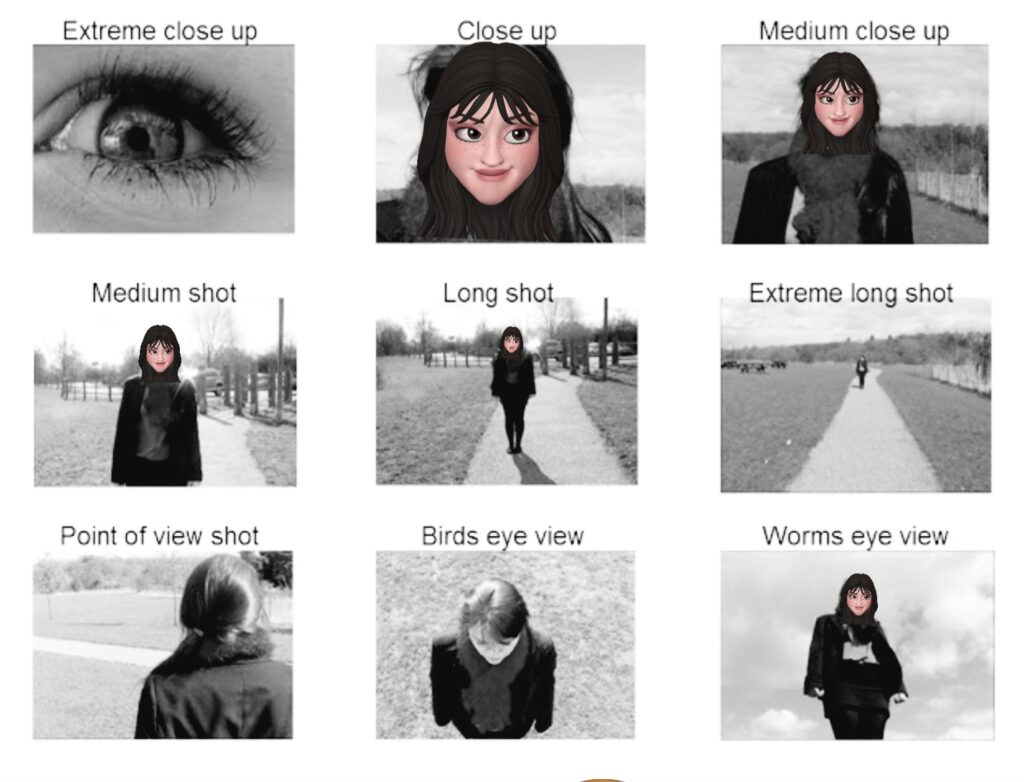What’s New this Term at NFD (camera angles)
New Term at NFD: Camera Angles
As we kick off the new term, it’s always exciting to welcome new students, along with those who have been part of the NFD family for years. We love starting the term with a fresh and engaging project, and this time, we’ve decided to dive into the world of camera angles and do some location filming.
Filming Day: What to Expect
We’re taking the children and teenagers out on Wednesday to film their improvisations, which they’ve been preparing in class. We suggested storylines, plots, and endings, which they’ve enthusiastically rehearsed.
In preparation, we’ve covered some basic camera angles, explaining how each shot can create different moods and atmospheres. On the filming day, we’ll be asking them to think about which camera angles would be most suitable for the shots they are taking and how these choices enhance the overall scene. This is crucial because understanding why a director chooses specific shots in a professional setting can foster better collaboration between the crew and cast.
When actors understand the reasoning behind camera angles, they become more in tune with the director’s and cinematographer’s (DOP) decisions. This awareness not only improves the quality of the shoot but also helps the entire process run more smoothly. From my experience, I’ve seen how a lack of understanding about the technical aspects of filmmaking can lead to frustration, especially for actors new to the industry. Teaching them the basics now will give them a significant advantage when they eventually work on professional sets.
Learning on Location
Taking the children out on location gives them a hands-on experience that goes far beyond what they learn in the classroom. One of the biggest surprises for many is how many retakes are required because of the different camera angles and positions we need to cover. While it can be repetitive and time-consuming, knowing this ahead of time prepares them for the reality of filmmaking.
After filming, students often tell me they didn’t realise how long the process would take or how repetitive certain parts are. But understanding the process helps them better cope with it and prepares them for what’s ahead. They enjoy these sessions immensely and talk about them for weeks after. It encourages to work as a team and develop social skills.
Looking Ahead
Wednesday will be a big learning experience for our students, and I’m sure they’ll come back excited and proud of what they’ve achieved. As a teacher, director, and camera technician, it’s incredibly rewarding to see their growth and passion.
Stay tuned for part two of this blog, where I’ll share some of the camera angles we worked on and photos from the day. Watch this space!

